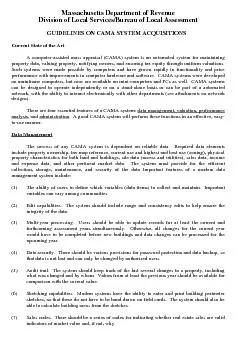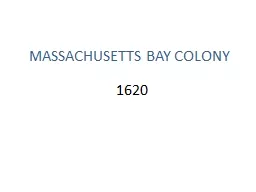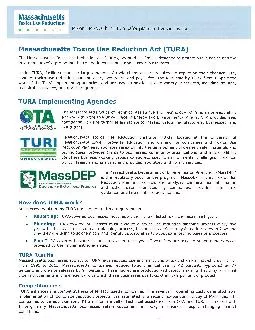PDF-Massachusetts Department of RevenueDivision of Local ServicesBureau o
Author : jacey | Published Date : 2021-06-14
analysis and administration A good CAMA system will perform these functions in an effective easy touse mannerData Management The success of any CAMA system is dependent
Presentation Embed Code
Download Presentation
Download Presentation The PPT/PDF document "Massachusetts Department of RevenueDivis..." is the property of its rightful owner. Permission is granted to download and print the materials on this website for personal, non-commercial use only, and to display it on your personal computer provided you do not modify the materials and that you retain all copyright notices contained in the materials. By downloading content from our website, you accept the terms of this agreement.
Massachusetts Department of RevenueDivision of Local ServicesBureau o: Transcript
Download Rules Of Document
"Massachusetts Department of RevenueDivision of Local ServicesBureau o"The content belongs to its owner. You may download and print it for personal use, without modification, and keep all copyright notices. By downloading, you agree to these terms.
Related Documents














